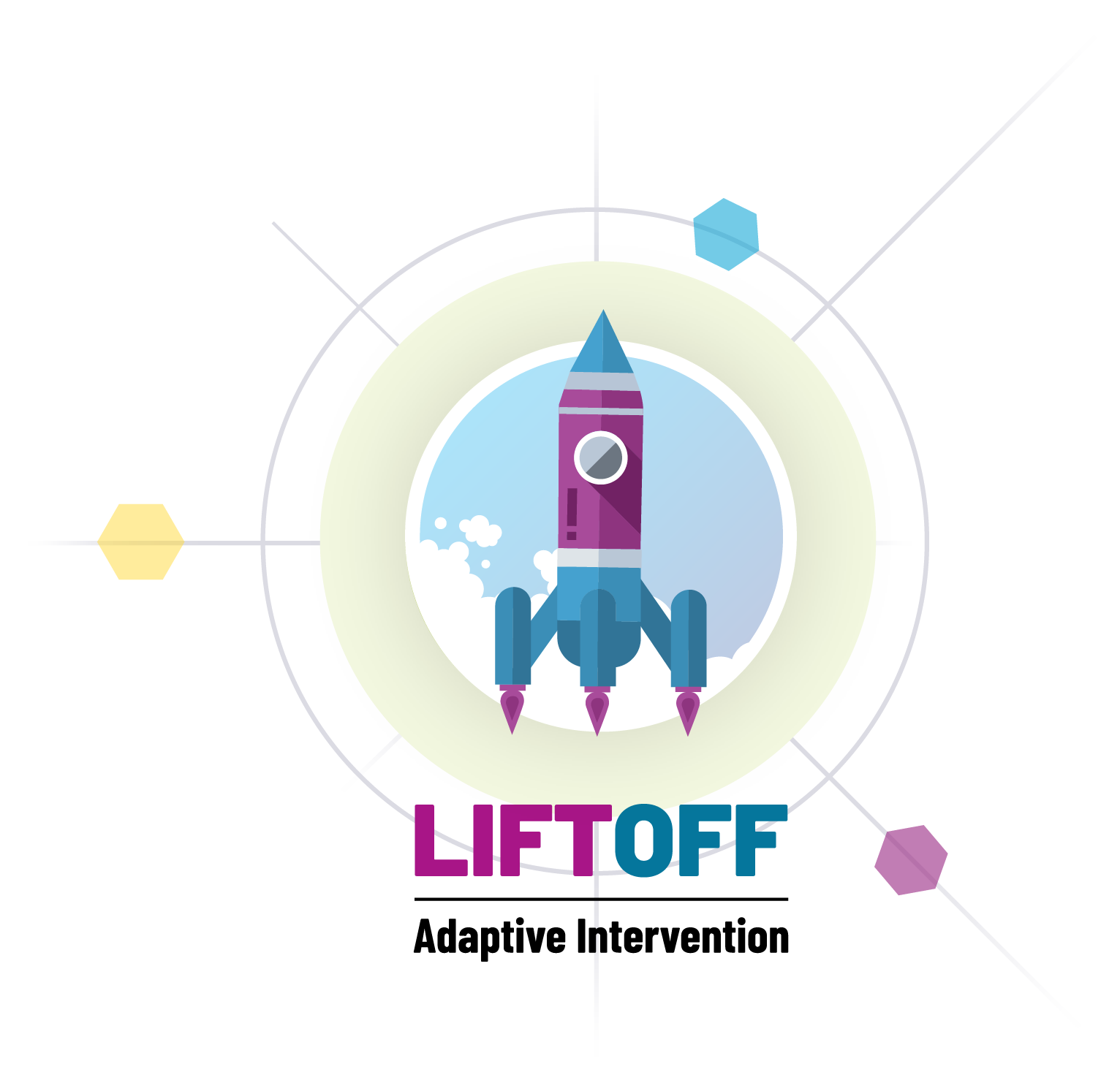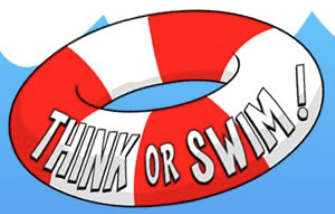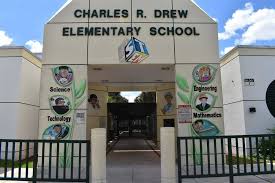Summer Learning Loss Statistics – 2024 Survey of K-12 Teachers
In May 2024, Progress Learning sent a 19 question survey to a wide variety of educators on the issue of summer learning loss, or the summer slide. Almost 1,000 (969) answered the survey from states across the country representing all grade levels from Pre-K all the way to 12th grade.
The results of the survey shows some interesting insights about teachers’ perceptions of summer learning loss, what schools and districts currently use to mitigate it, and what teachers think parents might be able to do to help reduce the effects.
General Statistics about summer learning loss
We found some evidence that generally supports there is a significant summer learning loss effect:
- 63.6% of teachers either agree or strongly agree that students exiting the grade they teach have both retained what they learned that year AND are ready for the next year (the following grade level)
- However, when asked whether students entering the grade level they teach have retained what they learned from the previous year, the number answering with agree or strongly agree drops to 31.3%.
In other words, teachers are confident that students have retained what they learned at the end of the school year, but are not confident that students maintain that same level over the summer.
When looking at the issue by subject, we found supporting evidence that reading, writing and math, are the areas in which students suffer most commonly suffer regression.
- 74.8% of respondents said reading regression was a top 3 concern, with a quarter of respondents ranking it #1 out of 7 options.
- 46.9% of respondents ranked writing regression as second or third most common
- Most respondents consider math regression to be a top 4 concern, and 25.1% ranked it third
When it comes to identifying the primary factors that contribute to summer learning loss, one issue stood out: routines
- Out of 7 possible options, the disruption of routine and lack of consistency was the top contributing factor to summer learning loss according to respondents, with 28% of them ranking it as the #1 issue and 71% of respondents ranking it a top 3 issue
- The prominence of this issue combined with the stark difference between teachers assessment of retention on exit and entrance to their grade level mentioned above shows us that finding a way to get consistent practice and routines over the summer is a solid path to reduce summer learning loss and is worth further consideration and research.
- The next top issues are based on what students don’t have access to: the second biggest issue is a lack of structured learning opportunities like camps or other summer programs. The third biggest issue is a lack of resources in student’s homes, like internet access or computers. As more instruction goes digital, this is further supporting evidence that shows the lack of infrastructure for digital learning is an ongoing issue.
Statistics on the best solutions to summer learning loss
- When asked what the biggest obstacle to recover from summer learning loss is, 27% of respondents said time was the #1 obstacle.
- Combine this insight with what we found about routines above. Teachers are noticing that students aren’t practicing enough over the summer, and have trouble getting back into routines when school starts in the fall.
- Because of this, our in-house teaching experts have come up with recommendations that teachers can give to parents and families of students so that they can enjoy their summer vacation and gradually get back into school routines which saves teachers time at the beginning of the school year.
So what do teachers believe are the best ways to combat summer learning loss? In short: teachers are huge proponents of online learning platforms.
- 75.3% of respondents either agreed or strongly agreed that digital/online tools make it easier for students to retain information over the summer
- This is a big vote of confidence from teachers, especially considering only 40.1% of respondents said that their school or district offers an online learning platform to students over the summer
- When asked which tools teachers use during the school year in their classroom that they wish students had access to over the summer, 63.6% of respondents indicated that they wish students had access to online learning platforms specifically, more than any other instructional resource.
Once students are back in the classroom, what do teachers think is the most effective way to reduce summer learning loss and get students back on track?
- In general, teachers favor personalized instruction where students get individual attention on the areas in which they are struggling.
- 58% of respondents said that small group instruction was either their #1 (28%) or #2 (30%) best choice for getting students back on track
- 63% said one-on-one instruction was in their top 3 choices for most effective strategies, with 22% ranking it as their #1 choice.
- In one of our most indicative results of the entire survey, teachers said that the best thing parents can do to get students refocused for the school year is to establish a routine. 50% of respondents ranked it as the #1 best way to get students back on track for the school year.
Take 30 seconds to fill out the form below to get the complete report full of fresh data and insights on summer learning loss.


